Submit your evidence
Log onto your Green Tree Schools Award dashboard and tell us how you've completed this challenge.
Log in or registerUse the power of nature to boost the health of your students.
Trees release phytoncides (chemicals) to protect themselves from pests and diseases. These help humans, too, by improving our immune systems and reducing stress!
Find out more about why woods and trees are vital for wellbeing.
Woods and trees have stress-busting, mood-boosting superpowers!
Peaceful. Calming. Inspiring. Nature is proven to have a positive effect on our mental and physical health. Spending time in green spaces reduces stress and anxiety while improving energy levels, concentration and mood. So we’ve created this challenge to help you use nature to improve pupil wellbeing and address some of the pressures facing young people today.
There are five parts to this challenge. We encourage you to get outdoors and complete as many activities as you can. To claim two points on the Green Tree Schools Award, you’ll need to send us evidence of at least two activities.
This challenge is based on five ways to wellbeing, a set of actions that are widely recognised to have a positive impact on wellness. For each action, we’ve provided fun, nature-based activities to try with your pupils.
There is strong evidence that social relationships are vital for wellness. These activities provide opportunities for pupils to connect with each other in nature – a wellbeing double whammy!
Head outdoors and find a space where your class can get comfortable. In pairs or small groups, ask each other "how are you today?". Encourage youngsters to be honest about how they feel and why – they can draw or write their thoughts down if it helps them express themselves.
Getting out of the classroom might help pupils relax and talk more openly. Being in a natural space can also ease anxious feelings and have a calming influence. Do your students report feeling better once they’ve stepped outside and shared their feelings?
Regular sessions in your school grounds or a nearby green space will help children benefit from nature while making new friends and developing relationships. This could be through:
You can also encourage new members to join existing gardening or eco clubs, working together on new projects to green your school grounds and benefit the whole school.
Gratitude is a powerful tool that creates a positive mindset. You can help pupils practise gratitude by making a classroom display together. Ask students to think about something they’re grateful for and write their answers on sticky notes. Attach the notes to a large trunk to create a leafy tree brimming with thankful thoughts. Discuss them together and identify shared thoughts and unique ideas.
Regular exercise is essential for good health. It makes you feel good and is proven to reduce anxiety and depression. Plus, when you get active in the fresh air it’s even better for you!
Visit a nearby wood with your class or stroll around a park with trees. You can complete our 'Visit a wood' challenge while you're there. Why not encourage youngsters to explore a green space on a family hike or bike ride, too?
Yoga is a fun way to exercise, especially outdoors. It improves balance, coordination, concentration and memory, so it's brilliant for our bodies and brains. You'll find plenty of yoga videos and resources for kids online. As you practise the poses, encourage pupils to breathe deeply and appreciate birdsong, gentle breezes and leafy scenery.
This challenging outdoor activity will get kids active, increase their awareness of the natural space around them, and encourage teamwork and communication.
When you slow down, tune into your senses and focus on one thing at a time, you can enjoy being in the moment. This is called mindfulness. This awareness enhances wellbeing and helps youngsters become more conscious of their thoughts and feelings.
Don't worry, this doesn't involve a wash in the woods! Forest bathing is an ancient Japanese practice where you use all your senses to connect with nature. So step outside and relax among the trees, soaking up the sights, sounds, scents and textures.
From spring blossom to autumn leaves, there's always something new to discover in nature. Download our seasonal activity sheets and spotter guides to help pupils appreciate how woods and trees change through the seasons.
This classic activity helps kids develop their focus and observation skills. Challenge pupils to find a list of natural items, or search by a theme such as colour or shape. Download our scavenger hunt tick lists for more ideas.
Keep your eyes peeled for faces peering down from tree trunks, or animals in the clouds! Seeing shapes or patterns in objects is a psychological phenomenon known as pareidolia. Seek them out with our tree faces activity sheet (PDF 3.5MB).
Encourage pupils to take a closer look at a natural object. Choose an item such as a flower, leaf or seed and use a magnifying glass or microscope to zoom in. Examine the tiny details – does it have an intricate pattern, interesting shape or tactile texture? This activity can also help you complete the 'Explore different viewpoints' challenge.
The natural world is an endless source of fascination, so it’s a brilliant subject for curious young minds. Learning new skills also increases confidence, enhances self-esteem and encourages social interaction.
Use our printable ID tools to help pupils recognise common British wildlife, from trees and flowers to birds and butterflies.
Our tree resources and quizzes will help youngsters make exciting discoveries! Explore the parts of a tree, learn the secrets of seed dispersal, and find out why trees are essential for life on Earth.
From ‘pareidolia’ (seeing faces and patterns) to ‘petrichor’ (the scent of rain), expand your pupils’ vocabulary with scientific terms they can research themselves.
Helping others is incredibly rewarding. It makes us feel good and regular acts of kindness are known to increase wellbeing.
Apply for a free tree pack to benefit your school or the wider community. As well as being great for our health, trees also provide homes for wildlife and fight climate change!
Develop a green space in your school grounds where students and staff can relax, destress and enjoy quiet moments of calm.
Clean up the area around your school or your local wood. Litter is an eyesore and it's harmful to wildlife, so clearing it up will help our furry and feathered friends.
Raise money for a good cause by organising a non-uniform day, bake sale or a sponsored walk in the woods.
This challenge is worth two points on our award. To claim them, show us how you’ve completed two of the actions above to improve wellbeing in school. For example, a photo of your gratitude tree, woodland visit or outdoor yoga session.
To submit your evidence, log onto your Green Tree Schools Award dashboard and click the 'Submit evidence' button at the top right of the screen. Complete the form to show how you've completed this challenge and we’ll award your points within 10 working days.
Log onto your Green Tree Schools Award dashboard and tell us how you've completed this challenge.
Log in or registerWe like to use comments and photos from schools to inspire other teachers and young people about outdoor learning. With your permission, they could appear on our award materials, website, press releases and social media.
You can find out more about how we use and look after your personal information in our privacy policy.
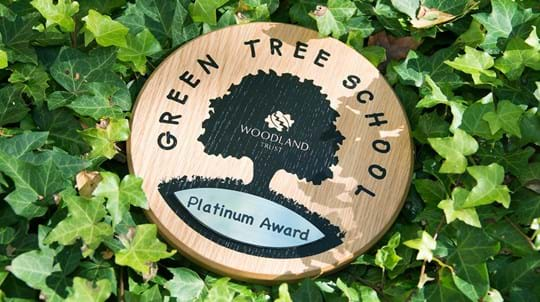
Support us
Join 16,000 schools taking part in our award scheme and complete environmental projects to earn certificates for your pupils.
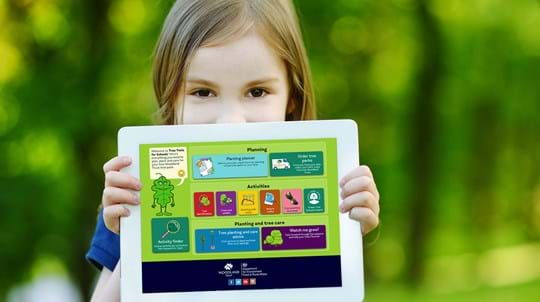
Tree Tools for Schools
Discover tree-planting resources and Nature Detectives activities in our online learning hub.
External link
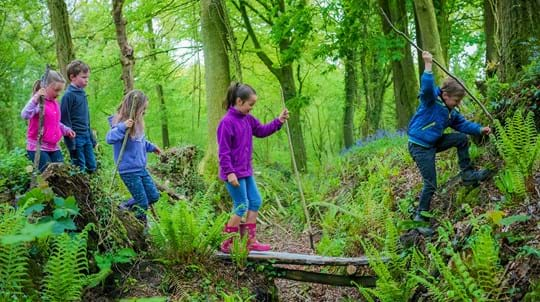
Support us
Take your pupils on a real adventure and explore the most exciting outdoor classroom of all.
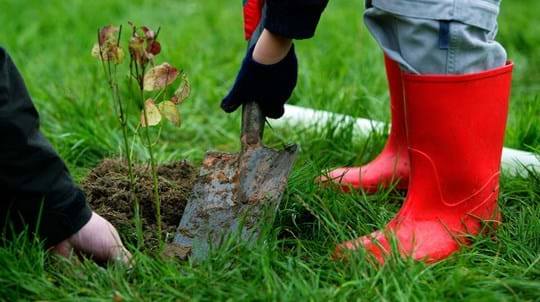
Support us
Inspire students with a fun, hands-on project that helps the planet.
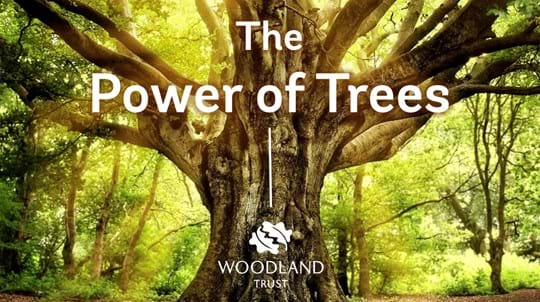
Support us
Discover the incredible ways trees benefit people and the planet.

Support us
Take action to help everyone access the benefits of trees.
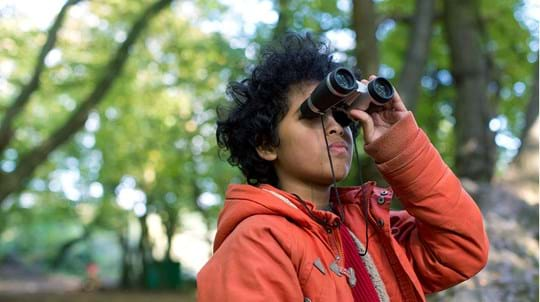
Support us
Look at the natural world from different perspectives.
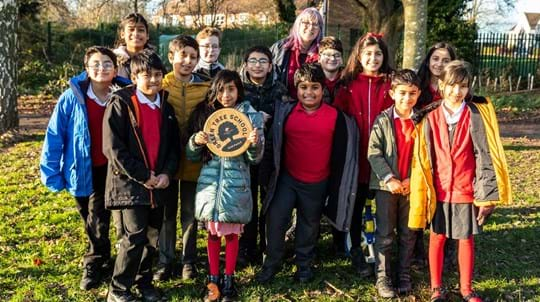
Support us
Tell us about your journey on the Green Tree Schools Award.